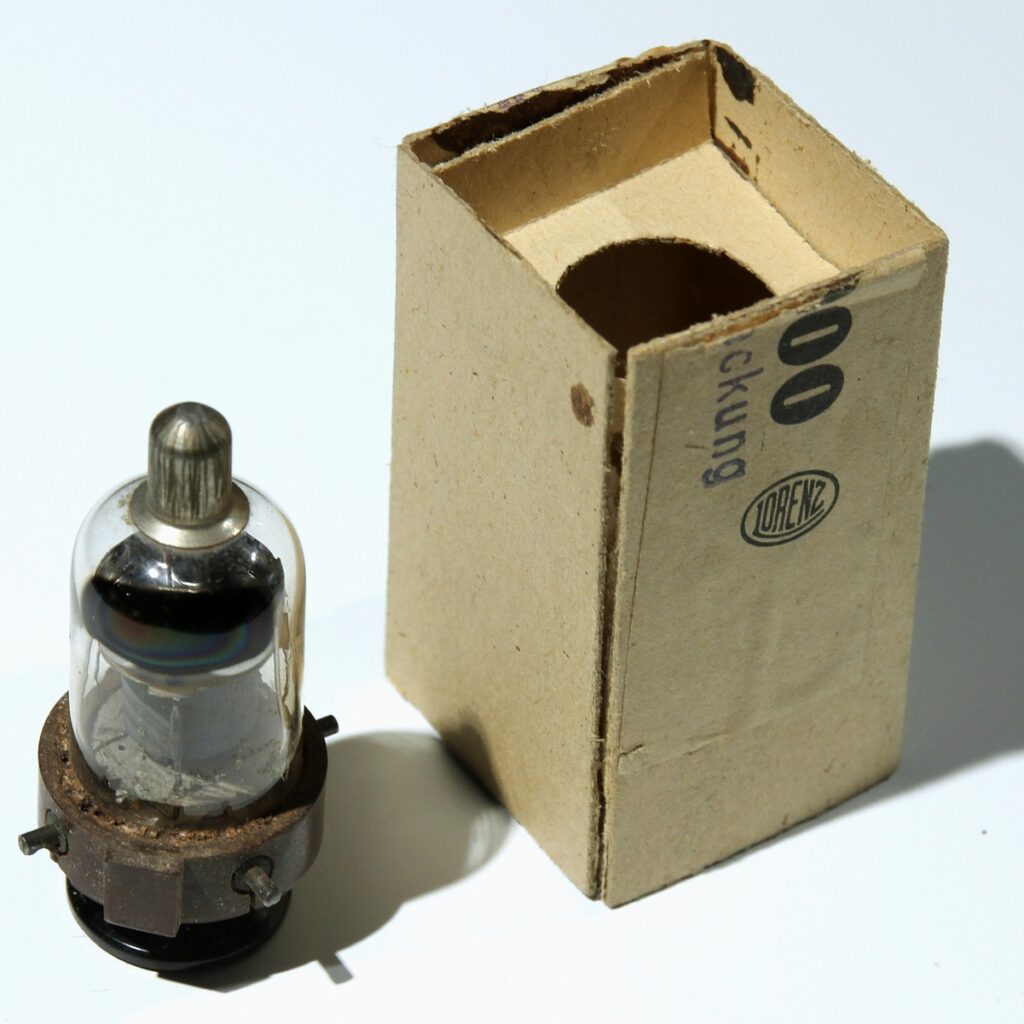
10 German Valve (Tube) RV12P2000, Lorenz Vrchlabí 1944
Fotogalerie
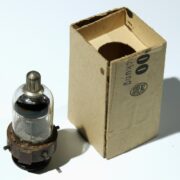
The communication equipment experienced unprecedented development in the course of World War II. German design school represented by Telefunken and Lorenz concerns was a bearer of the most modern technologies. First generation of German communication equipment from the turn of the twentieth and thirtieth did not bring any modern elements. However, preparation of blitzkrieg expected a close cooperation of all army branches and an immediate use of the information acquired by reconnaissance. The second generation of German communication equipment arrived in the years 1936 -1940 and brought many revolutionary elements. A number of stations was characterised by using modular construction, injection moulding of the chassis made of aluminium and magnesium alloy by using the legendary RV12P2000 electron valve.
In 1939, Berlin Lorenz Company found the areas convenient for the production of valves in Vrchlabí, in the former cotton mill which ceased its production in 1931. Here, Lorenz developed a factory for production of special electronic valves for decimetric band, Later on, they produced about 20 types of electronic valves, including the RV12P2000 valve, for military purposes. In 1944, the factory reached the highest number of 2,800 employees.
Aktuálně
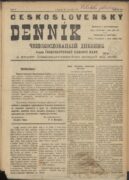
Československý deník sehrál v životě legionářů v Rusku velmi důležitou roli. Poprvé vyšel v prosinci 1917

Děkujeme za podporu pro válečné veterány. Sbírka DiGiMÁK vynesla 450 tisíc korun
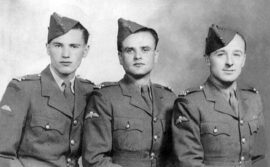
Tak trochu zamrzlé spojení
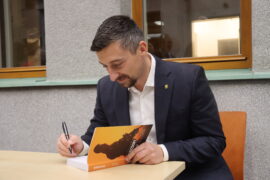
Válečný veterán Petr Matouš pokřtil v Armádním muzeu Žižkov svou knihu. Patronkou je i ministryně obrany Jana Černochová








